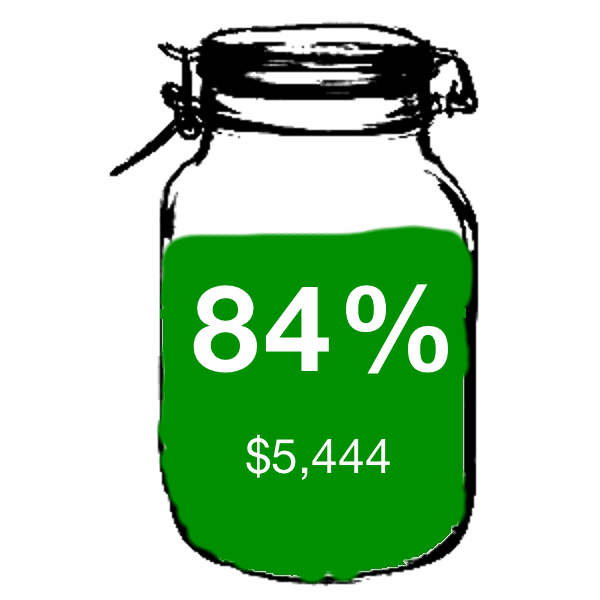
Final totals for 2023. Each year, I challenge myself to earn the equivalent of the maximum annual IRA contribution limit (up to $6,500 for 2023) using the profits from various finance promotions alone. In 2021, I reached $5,592 in bonuses. In 2022, I reached $6,259 in bonuses. I just went back and tallied up the totals so far for 2023.
I consider it a profitable hobby with serious potential if you add in some disciplined investing. If you had put $6,000 into your IRA every year for the recent 10 year period (2013-2022) and invested in a simple Target Date retirement fund, you would have turned small, weekly deals into a $104,000+ nest egg. You didn’t need to be an investing genius. Another example of Focus + Long attention span = Surprising results.
That’s worth repeating: An extra 100 grand has been the real-world result of playing this game and investing $500 a month in proceeds for the last 10 years! Not to mention, a couple could double these numbers.
Ground rules: Real-world results for one real person only. Following with My Money Blog tradition, this will track my personal, real-world results. It would be quite easy to list a bunch of promotions that add up to $6,000, but these will be promotions that I personally sign up for and complete the requirements (even though I’ve already opened 100+ bank accounts, credit cards, and brokerage accounts over the years). I will track my individual results only, although my partner does also participate on a more selective basis. Nearly all of them have been documented in real-time in the Deals and Offers category, Top 10 credit cards list, and brokerage bonus list.
2023 bonuses and promotions list. The 💵 symbol means I have received and/or cashed out the bonus successfully. The ⌛ symbol means that the promo is still in progress. “Still live” means the offer is still available but the values may have gone up or down.
- Marcus Bank $100 Deposit Bonus (expired) 💵
- Tiicker Shareholder Perks $50 + $100 Amazon GC (expired, $11 bonus still available) 💵
- Free 1-Year TripAdvisor Plus Membership (expired, counting actual savings only) 💵
- Save App $5,000 Equivalent Investment (zero final value)
- US Bank $600 Checking bonus (still live) 💵
- Fidelity Bloom App bonus $50 new/$30 existing (expired) 💵
- Target $10 off $100 Apple GC #1 (expired) 💵
- Laurel Road $440 Checking bonus (now $340) ⌛
- Andrews FCU $200 Checking bonus (expired) 💵
- Plynk Invest $50 new/$100 existing bonus (now $75) 💵
- Amazon $5 gift card w/ $50 purchase (expired) 💵
- Bilt June Rent Day 300 points ($3) (expired) 💵
- American Express Green Card 60,000 MR + $200 travel credit + $100 Loungebuddy + $189 Clear (now 40k points) 💵
- Virginia529 $50 bonus x 3 kids (expired) 💵
- PSECU $300 Checking bonus (still live) 💵
- BofA Premium Rewards Card 60,000 points (still live) 💵
- Target $10 off $100 Apple GC #2 (expired) 💵
- Amazon Shop with Points $15 credit (still live, targeted) 💵
- Bilt July Rent Day $20 Lyft credit ($3) (expired) 💵
- Oxygen Checking app $100 (expired) 💵
- Amazon Prime Day $5 GC + 50% off S&S (expired) 💵
- CapOne Shopping $30 bonus (still live) 💵
- Moomoo Brokerage TSLA/GOOG + $150 + 15 free shares (expired) 💵
- Bilt August/September/October Rent Day Trivia + Double Points ($10) (1st of every month) 💵
- Upgrade Checking $150 (still live, increased to $200) 💵
- Target $10 off $100 Apple GC #3 (expired) 💵
- First Tech CU Checking $200 (expired) 💵
- Amazon Shop with Points $15 credit #2 (still live, targeted) 💵
- TradeStation $150 (expired) 💵
- AmEx Checking $250 (expired) 💵
- Fierce Finance up to $500 (did $100 tier + $20 side bonuses) (still live) ⌛
- AmEx Offers x Lowe’s $50 (expired, works with any gift card) 💵
- BofA 2% More Day $50 (expired) 💵
- Upgrade Premier Savings $200 (still live) 💵
- Target $15 off $100 Apple GC #4 (expired) 💵
- Amazon $15 off $100 Apple GC #1 (expired) 💵
- Amazon Shop with Points $15 credit #3 (still live, targeted) 💵
- Target 10% off GC $50 (expired) 💵
- Daffy $25 DAF (still live, must donate) 💵
Total for 2023: If I assume that all bonuses for which I have completed the required activity will eventually post (just a couple left worth under $200), the total tally so far is $5,444, which is 84% of the $6,500 annual IRA contribution limit for 2023. My progress stalled significantly towards the end of 2023; I didn’t apply to any new credit cards at all this quarter, which usually do the bulk of the work. Mostly picked a few low-hanging fruit here and there.
Honorable mention #1: Johnson & Johnson. I did make a $1,350 profit over only 10 calendar days from the Johnson & Johnson odd lot tender play. This did require a $17,000 commitment to buy 99 shares (the max allowed as an individual small investor) before the odd lot tender, but the lockup time was very short.
Honorable mention #2: Microsoft/Activision. I also participated in a merger-arbitrage deal involving Microsoft and Activision. My net profit on my $10,040 initial investment was $2,534, which is $1,177 more than the $1,357 that I could have earned from owning the S&P 500 over the same time period of about 17 months.
This is a personal challenge/game that I like to play (and have played for a long time now). It’s not for everyone. I happen to enjoy trying out new apps and services. I also like my hobbies to be profitable – not gonna lie – but I don’t like to waste my time either. I look for a solid return based on the time commitment required. I tend to avoid speculative bets, bonuses that are hard to convert to real cash-equivalent value, and anything that requires driving to stores where things may or may not be in stock. The deals that I post often last only a few days, but it’s a bit like value investing where you have to be ready to get off your butt and take decisive action when an opportunity shows up, because they won’t last forever.
Many things I have to skip simply because I’ve already done them. For those new to this hobby, I would first grab the best overall cards like the Chase Sapphire Preferred or the Chase Sapphire Reserve and build up a nice stash of flexible Ultimate Rewards points. After that, I would recommend looking at the Citi Premier (ThankYou points), Capital Venture X (Capital One Miles), and American Express Gold (AmEX Membership Rewards points) to jumpstart your points stashes.
In terms of the top current bonus, I would pick the Chase Aeroplan Card that offers the chance to earn 100,000 Aeroplan points that can be used to offset $1,250 of any travel purchases charged on the card.
Exclusions. Importantly, this list ignores the additional interest earned from otherwise optimizing my existing cash balances, as well as everyday credit card rewards like 2% to 2.6% cash back on all purchases and 5% cash back on specific categories or 1% or better cash back on rent.
I am also excluding small-business deals like big Chase Ink Business Cash card bonuses, big business checking bonuses, and so on.

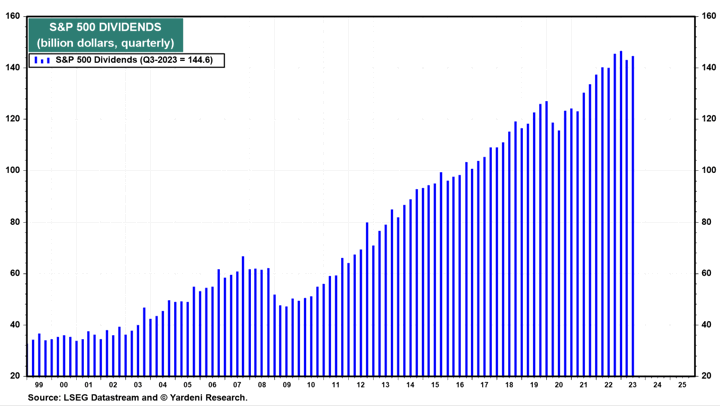
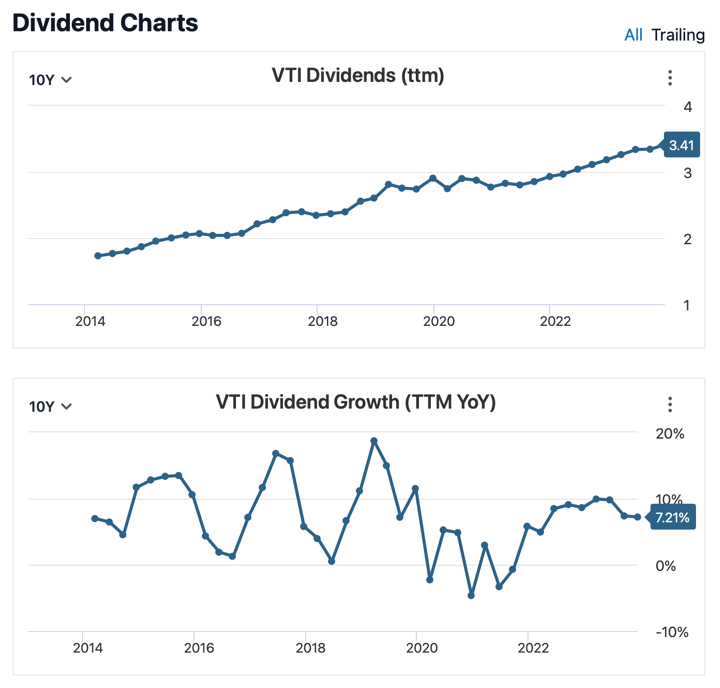

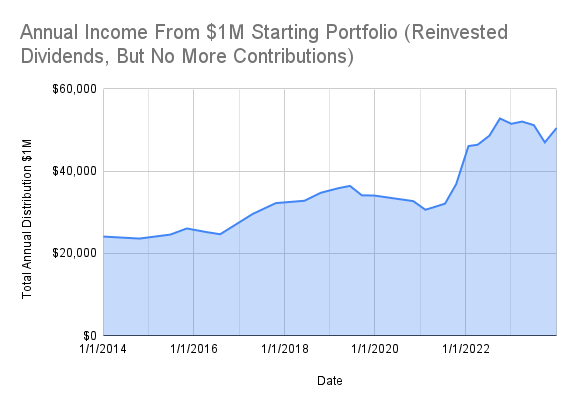
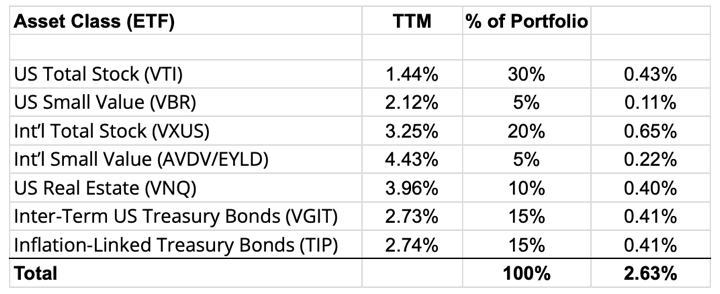
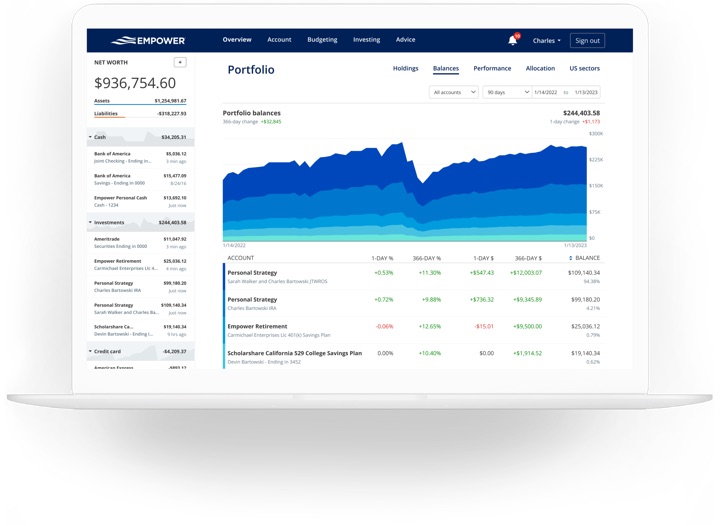
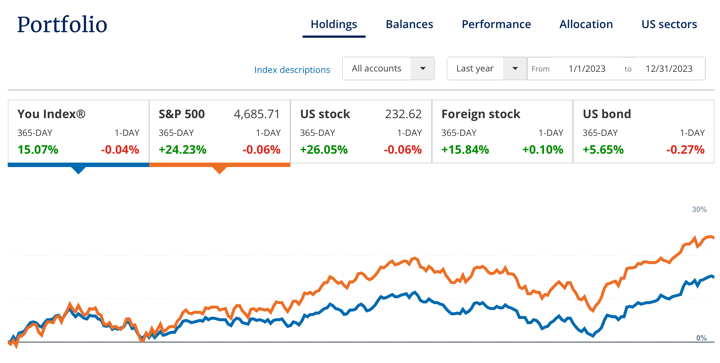

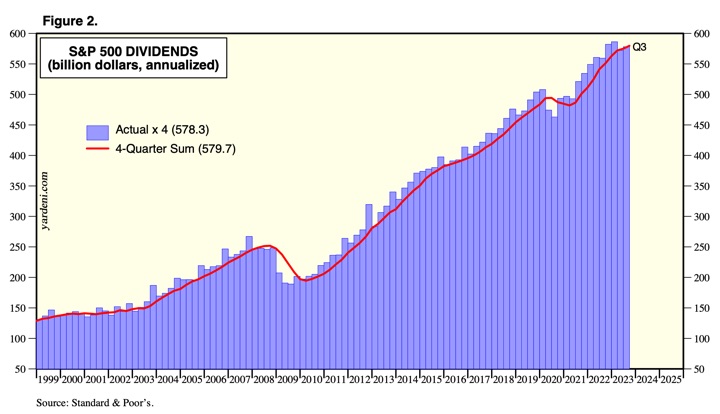
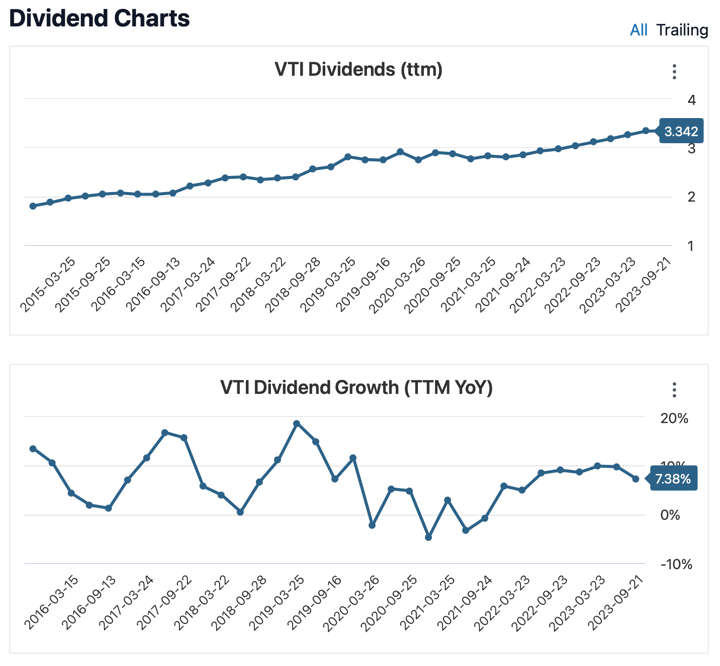
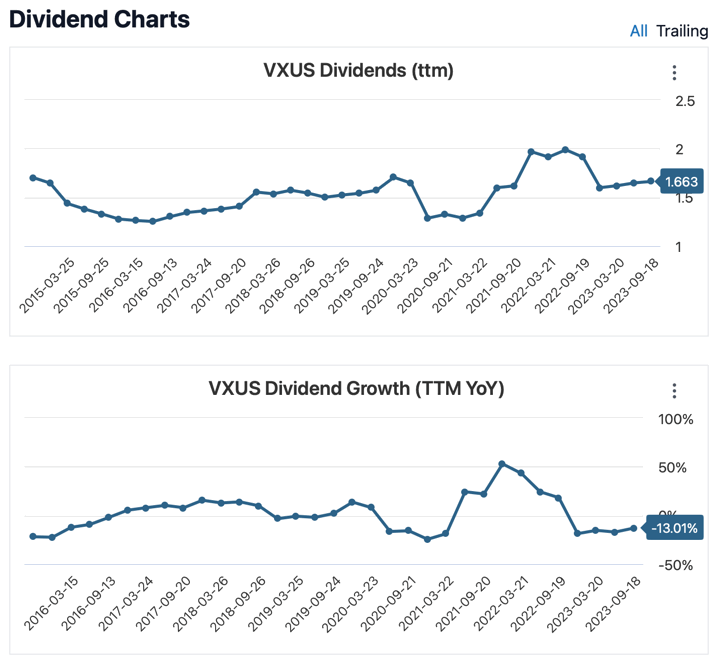
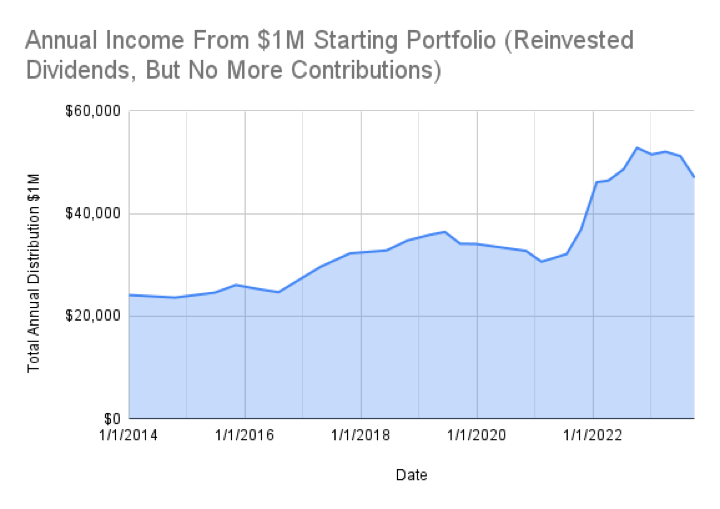
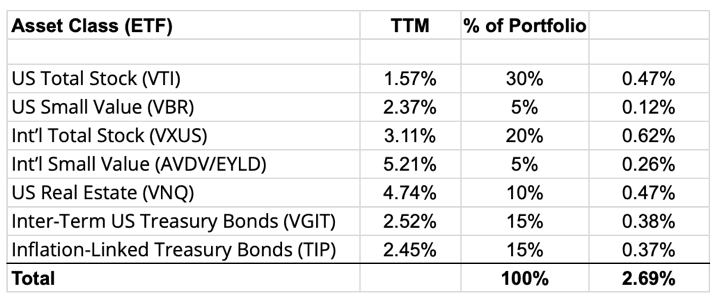
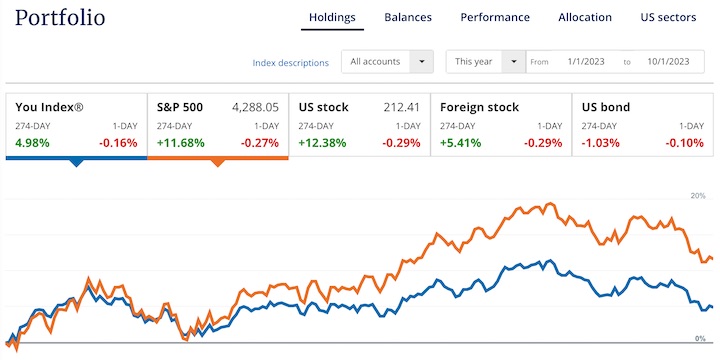
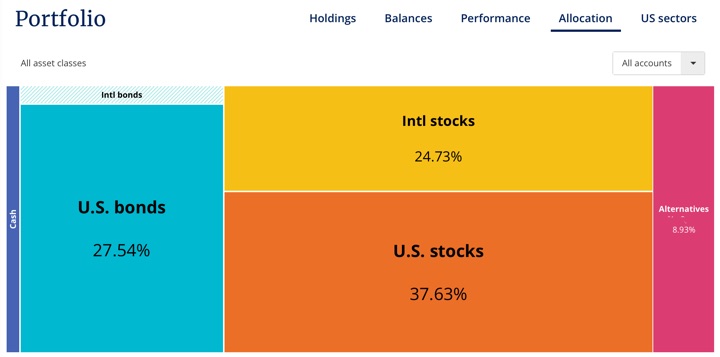
 Here’s my 2023 Q2 income update for my
Here’s my 2023 Q2 income update for my 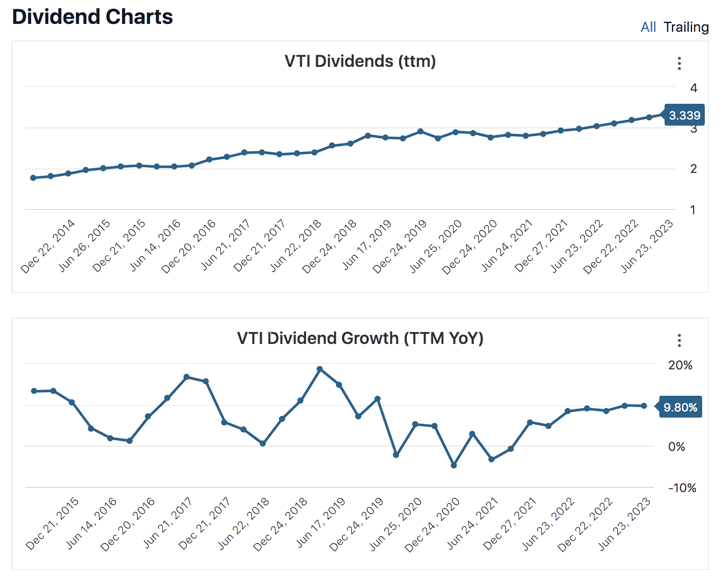
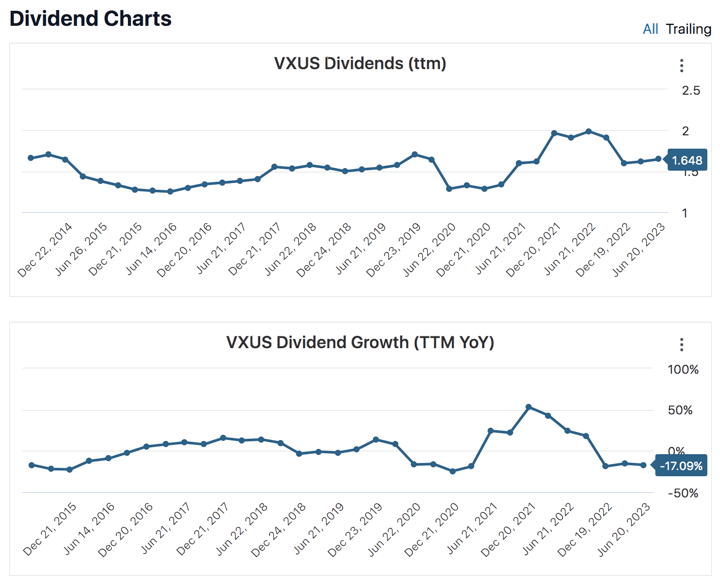
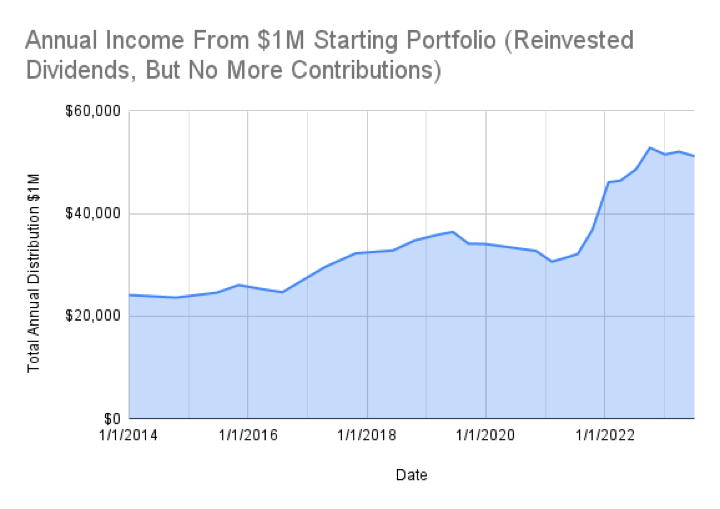
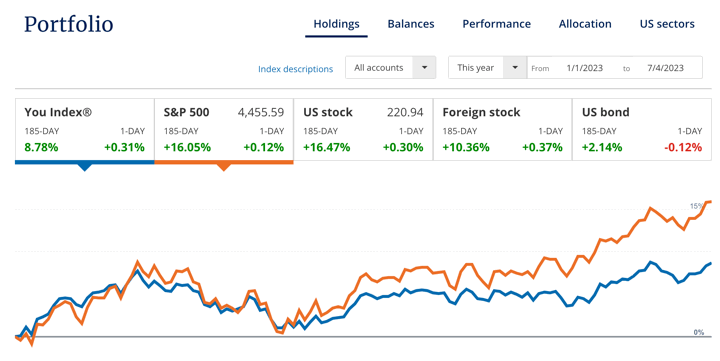
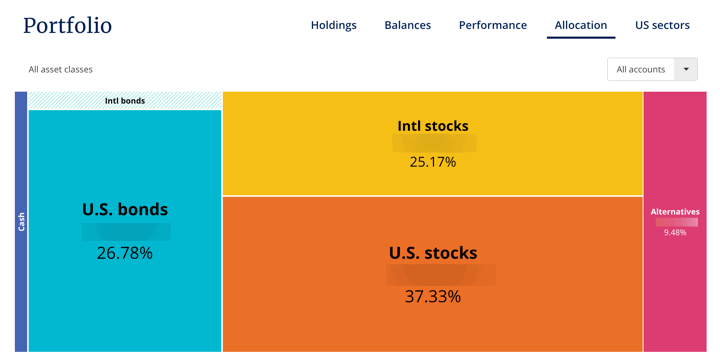
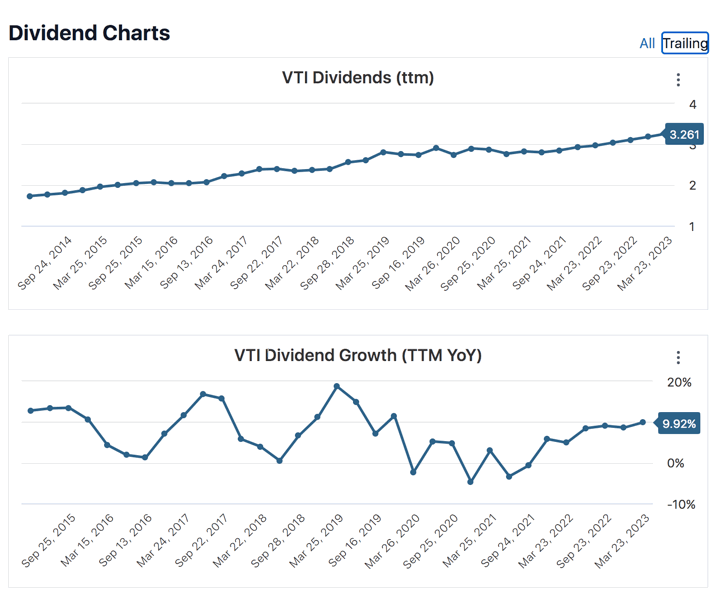
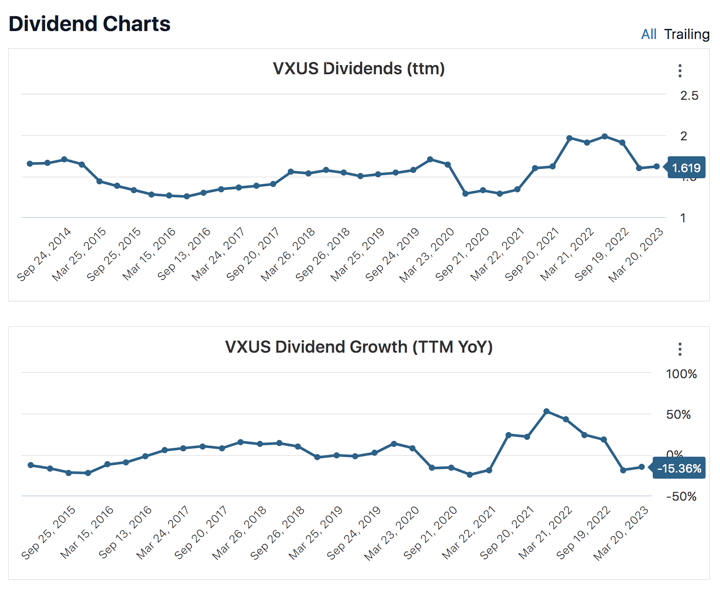
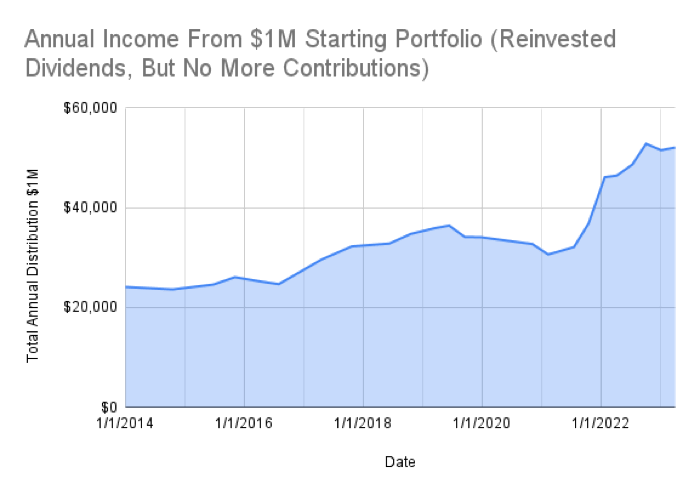
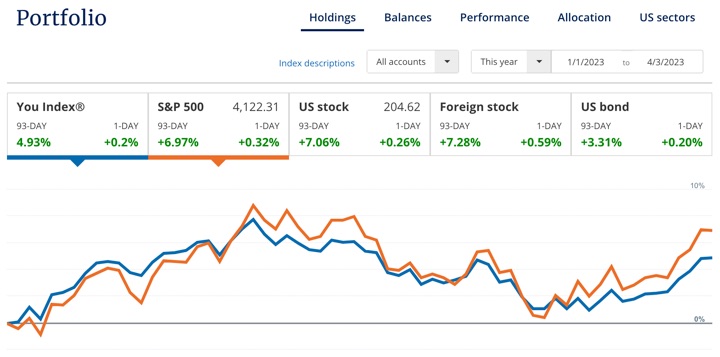
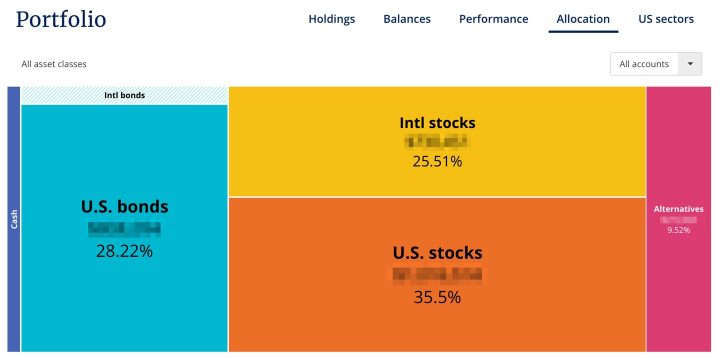
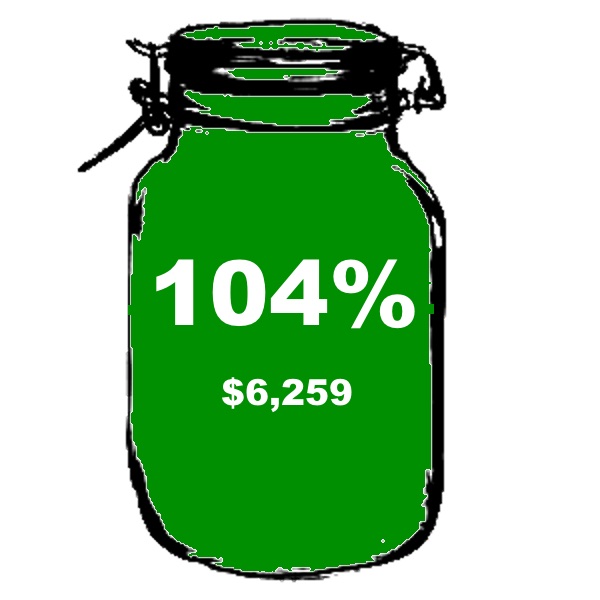
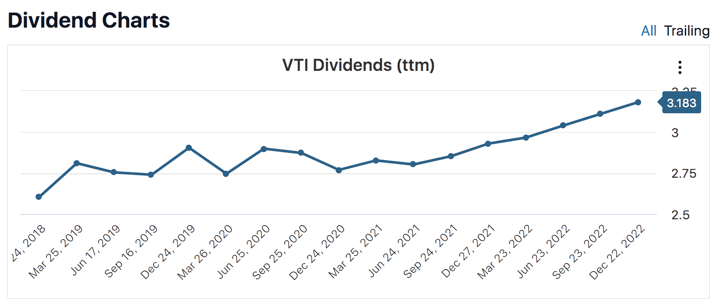
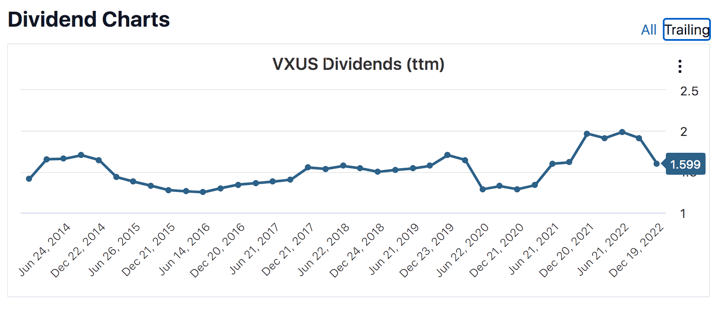
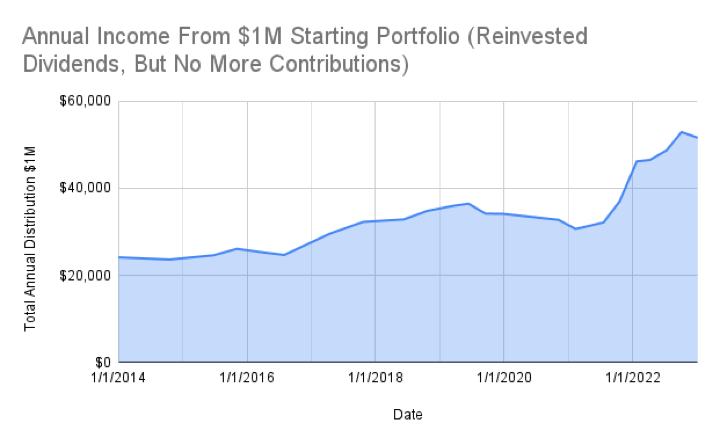
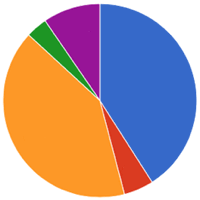 Here’s my quarterly update on my current investment holdings as of the end of 2022, including our 401k/403b/IRAs and taxable brokerage accounts but excluding real estate and side portfolio of self-directed investments. Following the concept of
Here’s my quarterly update on my current investment holdings as of the end of 2022, including our 401k/403b/IRAs and taxable brokerage accounts but excluding real estate and side portfolio of self-directed investments. Following the concept of 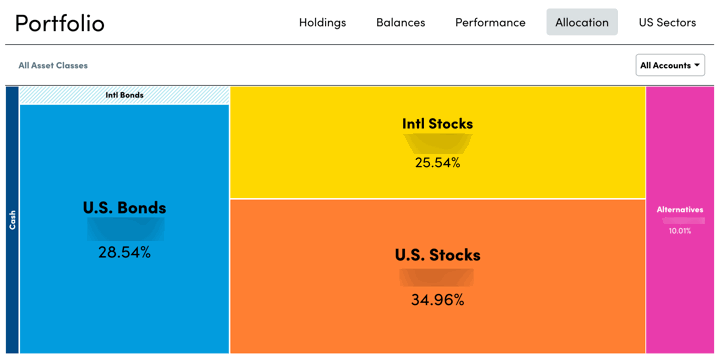
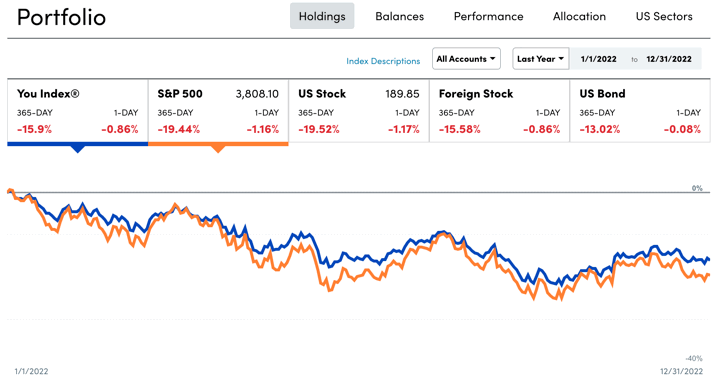
 The Best Credit Card Bonus Offers – 2025
The Best Credit Card Bonus Offers – 2025 Big List of Free Stocks from Brokerage Apps
Big List of Free Stocks from Brokerage Apps Best Interest Rates on Cash - 2025
Best Interest Rates on Cash - 2025 Free Credit Scores x 3 + Free Credit Monitoring
Free Credit Scores x 3 + Free Credit Monitoring Best No Fee 0% APR Balance Transfer Offers
Best No Fee 0% APR Balance Transfer Offers Little-Known Cellular Data Plans That Can Save Big Money
Little-Known Cellular Data Plans That Can Save Big Money How To Haggle Your Cable or Direct TV Bill
How To Haggle Your Cable or Direct TV Bill Big List of Free Consumer Data Reports (Credit, Rent, Work)
Big List of Free Consumer Data Reports (Credit, Rent, Work)